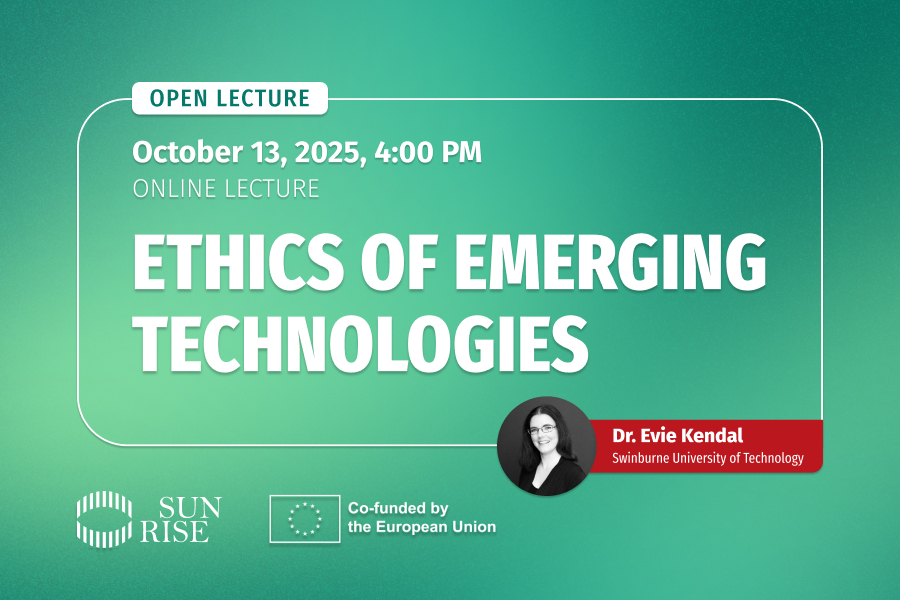Article written by Dr. hab. Dmytro Zaitsev, prof. UITM, is in second place among the most frequently read articles in the IJPEDS magazine, i.e. International Journal of Parallel, Emergent, and Distributed Systems. The article provides an introduction to cryptocurrencies and blockchain technology.
As written by Dr. Hab. Dmytro Zaitsev, prof. WSIiZ: The basis of cryptocurrency cybersecurity is the reliability of consensus protocols. Formal and simulation techniques are valued for verifying proof-of-work contract protocols because the process of developing formal techniques often requires making several assumptions, which leads to somewhat unrealistic models. A conventional color Petri net model, presented by the authors: Birgit Pröll, Werner Retschitzegger, Wieland Schwinger, Tatiana R. Shmeleva & Dmitry A. Zaitsev, and Zeyu Zhou & Ding Liu in a previous study described in the articles: Modeling proof-of-work agreement protocol by colored Petri nets and Verification of cryptocurrency consensus protocols: reenterable colored Petri net model design, allowed us to improve the Keller and Böhme consensus protocol by using a simulation technique. In this study, we developed a color re-introducible Petri net model, representing a general framework for model-driven development and refinement of consensus protocols and corresponding software. An important advantage of the multiple input model is the invariance of its structure concerning the network topology, the number of connected nodes, and their software and hardware parameters, which are represented in the form of designated places. Toggle topology tags associated with a dynamic object.
The article is available for open access in PDF/EPUB format HERE and the video presentation can be viewed HERE.
The article is of interest to a wide range of readers:
- for people new to cryptocurrencies, because an overview of blockchain technology allows you to quickly start working with the domain;
- for IT specialists due to the description of the technology for designing re-inputable models;
- for Blockchain specialists who will learn how to verify and optimize the cryptocurrency system;
- The Blockchain CEO will know the team that will verify his cryptocurrency.


